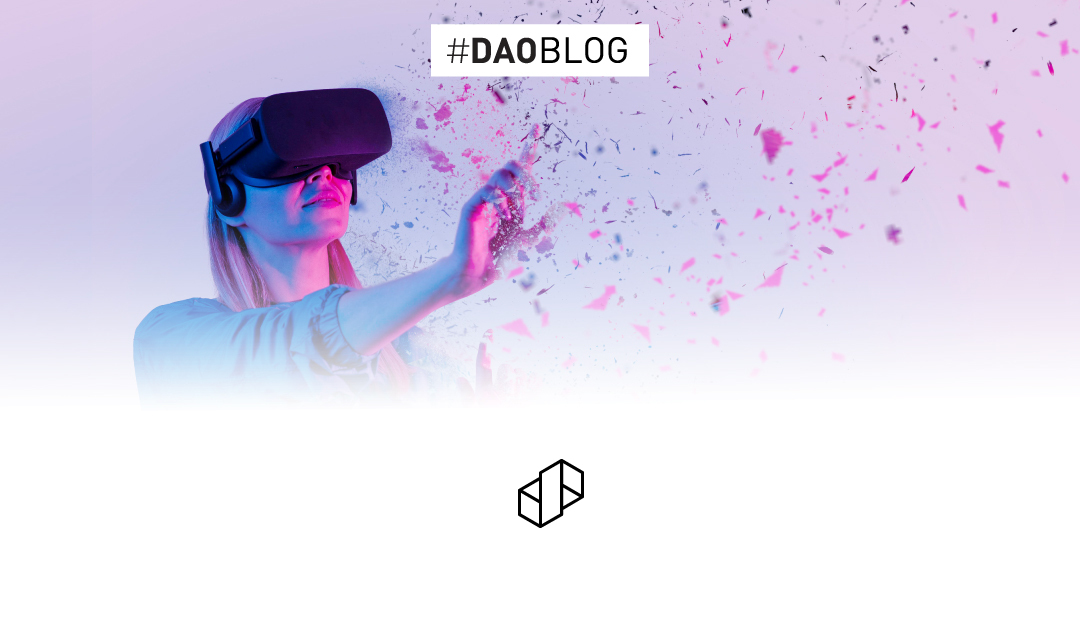
What’s the relationship between Blockchain and Web3?
Blockchain and Web3 are two technologies that can potentially shape the future. Recent developments in both areas have been very exciting. As such, we can expect more innovations from these two technologies as time goes by.
This article will explain blockchain technology, Web3, and how they relate to each other.
What Is Blockchain?
Blockchain is a decentralized database system that maintains a continuously growing list of records called blocks. Each block typically contains a cryptographic hash pointer as well as transactions of various types.
The distributed nature of this ledger means that it’s nearly impossible to modify or delete data without being detected within seconds. The technology also offers strong security features because all users have access to the entire history of every transaction.
One of the most popular blockchain trends is its use for digital identities. In fact, one of the first successful applications of blockchain was Bitcoin, which uses the technology to maintain a public ledger of all Bitcoin transactions.
So when someone buys or sells Bitcoin, their information is stored on the blockchain. The same thing happens with any other cryptocurrency. In addition to maintaining a record of all transactions, the blockchain keeps track of ownership. This ensures that no single entity has too much power over the network.
What Is Web3?
Web3 is the next generation of the internet. Unlike previous internet generations, this new version has a completely different architecture. Instead of using centralized servers like Google, Facebook, Amazon, etc., Web3 will become more decentralized.
This means that there is no one entity controlling everything on the web. Instead, everyone participates in the process. It allows the network to be highly secure and private since you don’t need to share your personal information with anyone else.
How Do Blockchain and Web3 Relate To Each Other?
One of the main features of Web3 is decentralization. This is possible because Web3 is built on top of blockchain technology. Because of this, Web3 can leverage some of the benefits of blockchain for a better user experience.
For example, Web3 can offer a decentralized identity system. People can create an online presence without giving up control of their personal information. They could also make payments through smart contracts without needing third-party intermediaries.
In addition, Web3 can provide a way for people to interact with each other in a trustless environment. Users don’t have to rely on a third-party intermediary to verify the legitimacy of another person’s actions.
Examples of Web3 Applications
Web3 has already made several notable strides in the past few years. Its applications utilize blockchain technology to provide better services for consumers. Here are just a few examples:
Decentralized Identity
One of the biggest problems with the current internet is how easy it is for companies to collect our personal information. With Web3, we can take back control by creating our unique identity. We can do this without giving away our personal details.
Thanks to blockchain technology, we can store all of our personal information safely and securely. This gives us greater control over who gets access to our private data.
Smart Contracts
Another big problem with the current internet is that it requires third parties to validate transactions. Smart contracts eliminate this middleman by allowing two parties to enter into a contract directly.
The beauty of smart contracts is that they’re self-executing. Once the terms of the agreement are set, both parties automatically execute them simultaneously. No third party performs the task, making the entire transaction faster and cheaper than traditional methods.
Cryptocurrency and NFTs
With Web3, digital assets like cryptocurrencies and NFTs will be more accessible to everyday people. The trustless nature of Web3 makes it easier to buy or sell these assets.
As mentioned earlier, purchases of cryptocurrencies, NFTs, and other similar investments are stored on the blockchain. This allows users to trace every step of the transaction, which is important when buying something valuable.
Metaverse
The metaverse is one of the most ambitious projects in the history of cryptocurrency. It aims to build a fully decentralized virtual reality platform where users can explore and live in a 3D world.
This project is still very much in its infancy, but it shows what is possible with Web3. By leveraging blockchain technology, the metaverse will provide users with a safer, more reliable, and more secure experience.
The Future of Blockchain and Web3
While Web3 is still a relatively new development, many exciting innovations are happening right now. Engineers have created different tools and workspaces to make it easier to navigate Web3. In fact, some experts predict that Web3 will become mainstream within the next decade.
With blockchain technology being used by large corporations, governments, and even individuals, it seems inevitable that Web3 will eventually replace the current internet as we know it today.
The Bottom Line
Blockchain and Web3 are two technologies poised to change the future of the internet. Both technologies have great potential to disrupt industries such as finance, healthcare, government, and more. As long as Web3 continues to develop, we’ll see more innovations coming from the intersection of these two technologies.

Bash Sarmiento
Guest Author
Bash Sarmiento Writing

 Book a Meeting
Book a Meeting